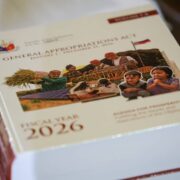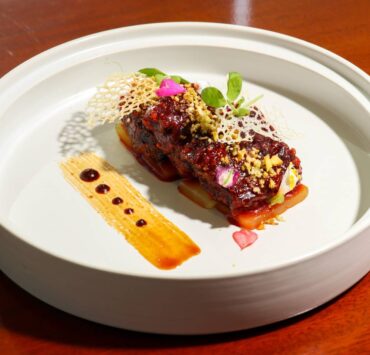Unraveling the sweet meanings of Korean rice cakes

There is nothing as disarming, unifying, or memorable as food, which is why I believe food is the best ambassador of goodwill.
This is why the Korean Cultural Center, along with Lee Eun-hwa, wife of South Korea Ambassador Lee Sang-hwa, chef Lily Min and I decided it best to commemorate 75 years of enduring friendship between Korea and the Philippines, through a cultural food exchange—choosing rice cakes, specifically, as our celebratory fare of choice.
For many cultures, rice cakes are part of the spread for holidays, rituals and festivals. It is considered a symbolic food especially to unify and to keep families together, due to their sticky nature.
Our collaboration allowed me to look at rice cakes with fresh eyes, this time from the Korean perspective.
Lily shared how tteok (Korean rice cake) was once a luxury. Before, she said, their ancestors were poor and as such, the enjoyment of rice cakes was reserved for the royal family and the affluent.
Ordinary folk only partook of it on special occasions, and often just the simple kinds.
Yes, rice cakes were very precious, such that the ladies of the house made and reserved the best rices cakes to serve to their guests.
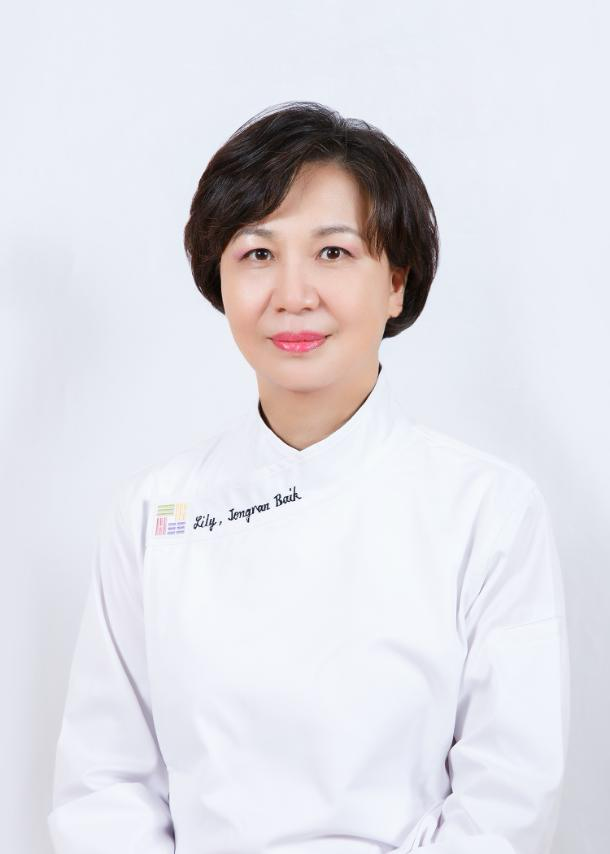
Celebration rice cakes
Lily added that every celebration has its own special rice cake, usually made with seasonal ingredients. These special rice cakes have a special meaning.
New Year rice cakes are long for long life. Injeolmi (a variety of tteok) is very sticky, and is said to be best to indulge on if a happy, sticky relationship is desired. Rice cakes with red beans, because of their red color, are meant to protect those who partake of it from evil and bad luck.
I was always fascinated by baekseolgi, literally a cake-shaped rice cake made by steaming white rice powder. White rice cake means clean and disease-free, and thus representing good health, long life, purity and perfection.
Baekseolgi has long been regarded as a sacred food. It is a representative dish for a child’s 100th day of birth, and for first birthdays. According to tradition, it makes children grow up to be bright and pure.
This rice cake is also made into anniversary cakes, and used for temples and folk rituals.
Lily shared how a variation of ggulseolgi is made. It’s a honey rice cake with sugar and walnuts. It is impressive to look at, but easy to make. The difference is that baekseolgi is pure white and ggulseolgi has muscovado sugar as an ingredient.
By making it, Lily hopes that all it represents will be yours.
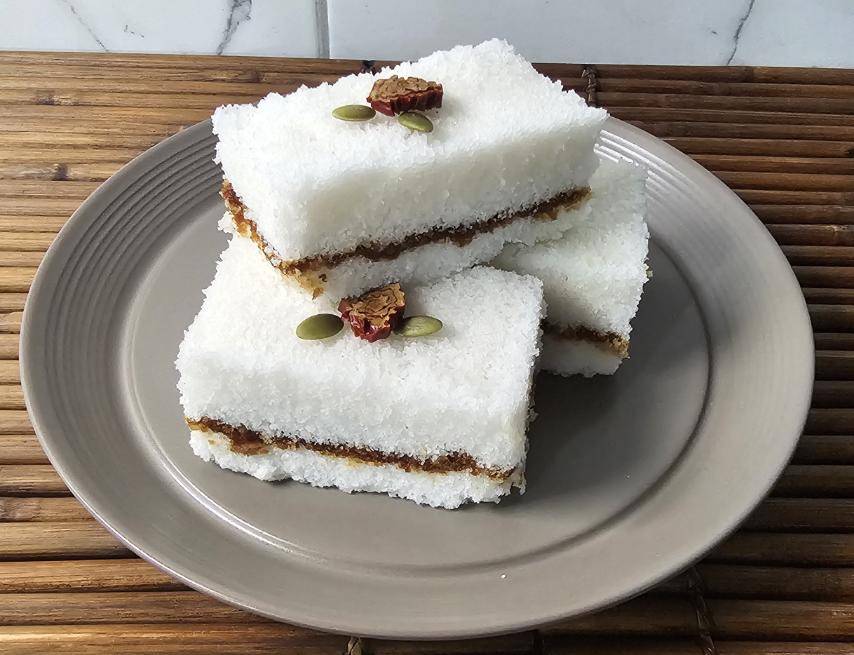
Ggulseolgi
440 g rice powder
60 g glutinous rice powder
300 g water
1/2 Tbsp salt
1/2 c (80 g) sugar
Filling:
100 g muscovado
50 g chopped walnut
Decoration:
5 pc jujube
1 Tbsp pumpkin seed
- Dissolve the salt in water.
- Mix the rice powder and sticky rice powder evenly and adding salt water little by little.
- Place it at room temperature for two hours so that the rice powder can absorb enough moisture.
- Put water in a steamer and bring it to a boil.
- Sift the powder mixture.
- Mix the muscovado and walnuts evenly.
- Mix the rice flour with sugar and put half amount of powder in the steamer and flatten the surface.
- Sprinkle the mixture of walnut and muscovado evenly on top of rice powder.
- Add the rest of the rice powder and flatten the surface.
- Steam it for 20 minutes.
- Cook over low heat for another 5 minutes.
- Decorate the surface with jujube and pumpkin seeds.
Royal rice cake
Gaesekdanja is made with very special ingredients. The rice cake is made by filling glutinous rice dough, wetting it with honey then coating it in special ingredients.
Gaesekdanja is a royal rice cake that used to be served only in court and to noble families.
The more opulent types are coated in very valuable ingredients like shaved jujube, chestnuts or pine nut powder, all premium ingredients.
Lily made a simplified version where the rice cakes are rolled in different flavored powders.
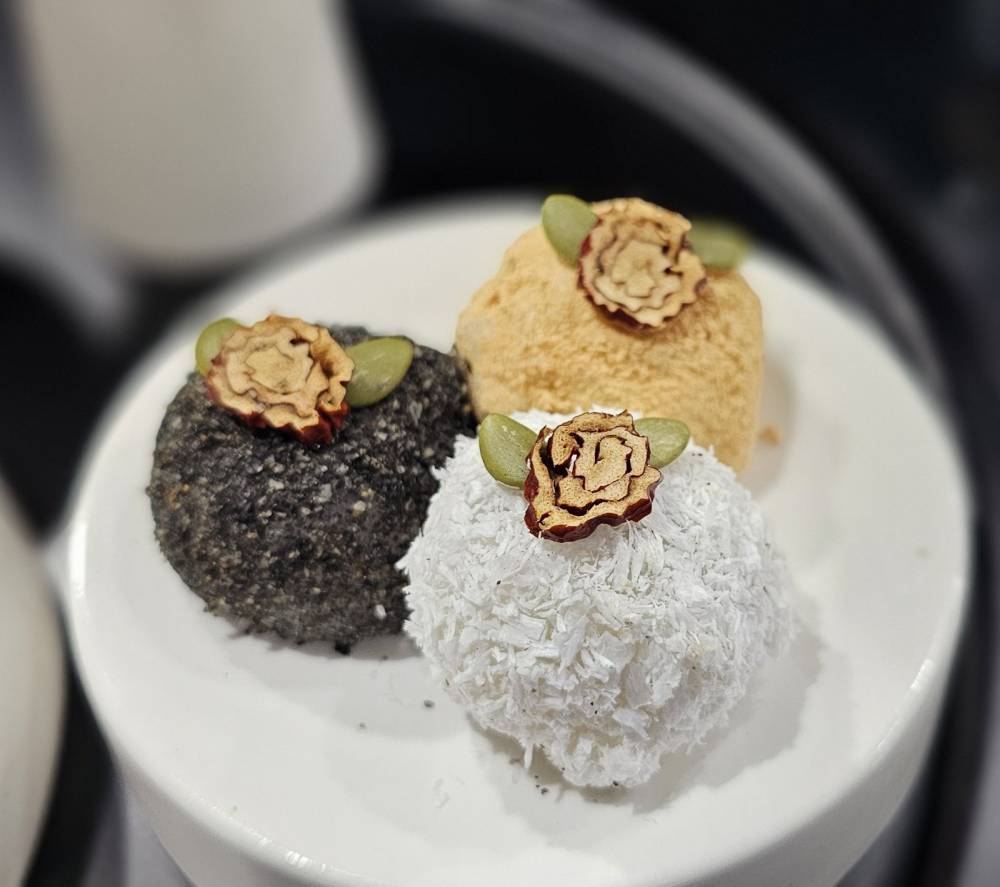
Gaesekdanja
400 g glutinous rice powder
240 ml water
1/2 Tbsp salt
1/2 c (80 g) sugar
Coating powder for glutinous rice cake dough:
Mung bean powder
Coconut powder
Black sesame seed powder
Cake crumbs (plain, ube, green tea, pandan)
250 g ube or red bean paste
20 g sugar
- Dissolve the salt in water.
- Mix glutinous rice powder while adding salt water little by little.
- Place it at room temperature for about two hours so that the rice powder can absorb enough moisture.
- Sift glutinous rice powder after two hours.
- Put water in a steamer and bring to a boil over high heat.
- Make 5-7 g of red bean paste or ube paste into a round ball.
- Sprinkle sugar evenly on the steam mat.
- Mix glutinous rice powder with sugar and put it in a steamer one fistful at a time.
- Steam for 20 minutes.
- Take 15-20 g of the steamed dough. Put some paste in the center, and shape into a ball again.
- Coat the balls evenly on the surface with the coating powder.
www.reggieaspiras.com @iamreggieaspiras on IG & FB





